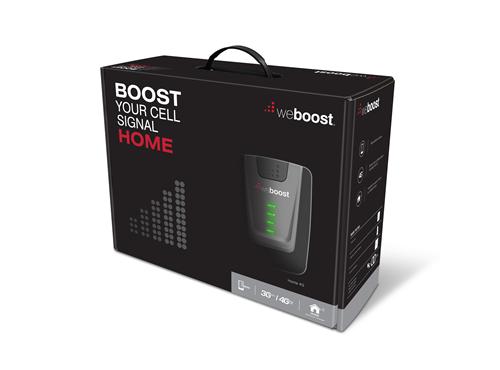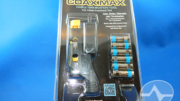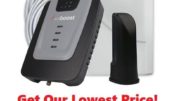Imagine if you will… let’s say there was a technology so revolutionary that it could make your life better. Let’s say it made your cell phone work better, that it improved your data speeds, and that it let you share good cell service with your friends and family. Now imagine that technology cost less than a premium cell phone and could last 4 times longer in your home than that premium cell phone.
You don’t have to imagine.
That technology is real. Cellular signal boosters are available today and they do all those things and more. They eliminate the problems caused by trying to use your phone indoors or in a vehicle. Yet cell boosters are misunderstood and only about 3% of the population even knows they exist. Those that do often suffer from misconceptions.
Luckily you’ve found The Solid Signal Blog, home to all the stuff you need to know. We’ll set the record straight and then you just might feel confident buying a cell booster of your own.
How a booster works
A cell booster works by taking a weak signal from outside, gathering it with a nice large antenna and rebroadcasting it inside. It also does the reverse: gathering the signal from your phone and rebroadcasting it outside to the rest of the cell network. A cell booster does all this safely and so quickly you don’t notice any difference. It sounds like magic, I know.
A tiny cell tower?
It’s easy to imagine that a cell booster is like a tiny cell tower, but that’s not really true. A microcell is more like a cell tower, and the difference is easy to explain.
A microcell is a device normally sold by your cell carrier. It connects to your home internet. It’s intended to give you cell service indoors when there isn’t any service outdoors. Like a cell tower, its connection to the wired internet gives it the ability to distribute strong signals.
A cell booster doesn’t need to connect to your home internet, but it does need to connect to the cellular network outside. So, a cell booster is the best choice if you have even one bar when you’re standing outside. By putting a large antenna on your roof, that one bar could turn into five bars once the cell booster amplifies the signal.
A microcell usually only works with one network, just like a cell tower. You’re not usually aware of it, but each cell tower usually serves just one carrier. When a tower serves multiple carriers, the only thing the carriers share is the metal structure and the electricity. A multi-carrier tower is really just several towers on the same spot.
There’s no such thing as a multi-carrier microcell. If you choose a microcell, you had better hope all your friends have the same carrier you do, since they won’t get cell service otherwise. On the other hand, a cell booster works with all carriers for voice, and provides a data boost to virtually all carriers and virtually all phones. It’s the perfect choice for homes or offices unless everyone has exactly the same cell carrier.
A cell booster is a better bet
If you have even one bar of service outside you can get great cell coverage inside with a cellular signal booster from Solid Signal. Shop the great selection now, and if you have questions on which booster to choose, fill out the form below!





